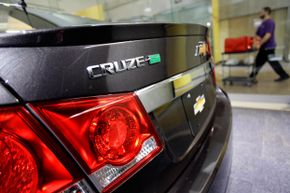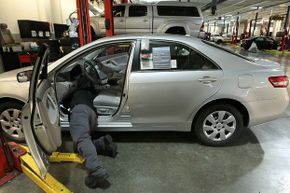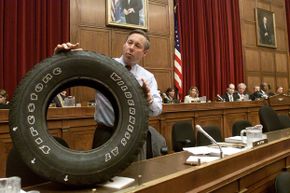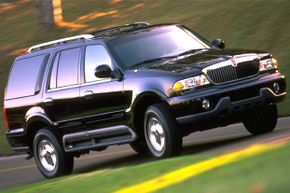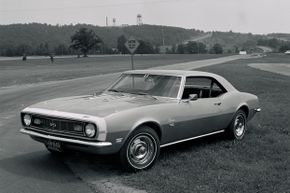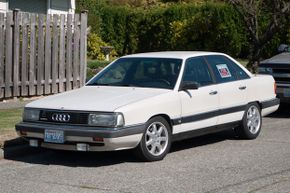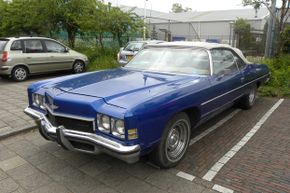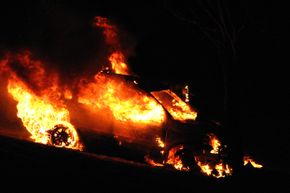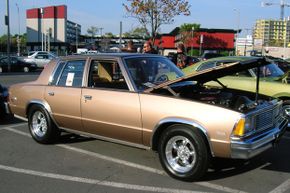Defects of Doom! Recalls and Fireballs! Horrors on the Highway! There are lots of things you could call this list, but you're alive to call it anything at all because the National Highway Traffic Safety Administration (NHTSA) was founded in 1970, and part of its mission was to make manufacturers stop building firebombs on wheels and passing them off on unsuspecting consumers. Some defects are huge but not all that terrifying, like Volkswagen's 1972 recall of 3.7 million vehicles built from 1949 to 1969 because of loose windshield wipers. Um, not that scary. General Motors' 2014 ignition switch recall scandal got lots of press. It only affected 2.6 million vehicles, although it was believed to be responsible for 13 deaths. So, kind of scary.
The 10 items that remain on this list, however, are truly terrifying troubles! Read at your own risk.
Advertisement
